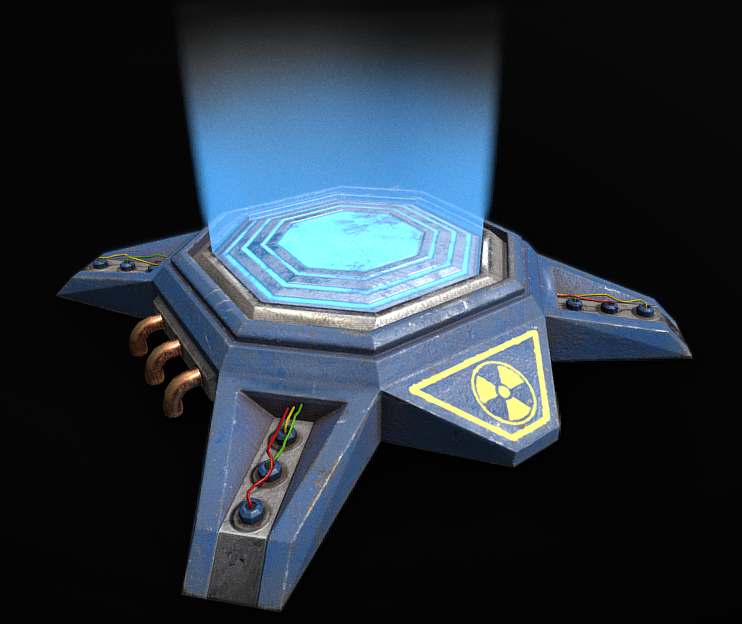Assignment 3 Report
Assignment 3 Report
Introduction:
Have you ever thought that cognitive tests were repetitive and boring? Well think that no longer, with the new cognitive testing in VR, you’ll be begging to be tested more!
Description
The application I have created is a cognitive test of how the human reacts to misleading information and performs the correct action in this situation. It puts a user into a virtual environment where they must use quick thinking and reflexes to get as high of a score as possible. This is all done in a distraction-free virtual environment, where the user can focus on the cognitive test without any distractions from the real world.
This cognitive test that I implemented assesses the users’ reaction time and how long it takes to process information and then gives back a score depending on how well is done. Due to this being a cognitive test, most of the users will be people undergoing training in a high-pressure environment where their cognitive skills will need to be assessed. Something like this could be applying for the army and there is VR headsets supplied and each user takes the test, their scored are recorded and then they are choses to progress their application based on their results.
The reason I chose VR for this application was that VR allows for complete sensory immersion with tight experimental control, which is key to creating a controlled environment for the cognitive test. (NCBI, 2023). In a VR environment, this cognitive test is also more easily able to assess the perceptual motor function, executive function, complex attention, and learning and memory skills (frontiersin, 2023). Without the VR device, there wouldn’t be an immersive environment for the user to experience which overall wouldn’t create an environment that they’d feel comfortable to be tested in.
Interaction Design:

The interaction that I chose for this application was the ability to teleport. This is key to cognitive testing as it allows instantaneous movement which is closely related to how fast the user can react. If there was a different kind of movement, like moving with joysticks etc, they wouldn’t be able to gather accurate enough information to determine what the users’ abilities are. Another interaction that is implemented is that the user gets sat back to the spawn point after encountering one of the teleporters. This shows the user that they have made a move and gives instant feedback whether they went to the right place or not by incrementing the players’ score.
Another interaction is the built in head tracking with the VR headset. This is another key feature of the cognitive test since the user needs to access the surroundings and quickly find the place that they need to travel to. With the headtracking feature, this makes the user feel like they are in control, instead of being forced to become more human like to use these applications. This makes the ‘computer’ become human like as human movements are being scanned and implemented in the virtual world. This is especially shown through the use of being able to point at a location with your hand and instantaneously decide to be able to appear there. Instead of looking at a screen, your field of vision becomes the environment that you’re immersed in, creating an environment suited around the user instead of just having to stare at a computer screen.
Technical Development
The specific technology chosen to implement my applications was the Oculus Quest 2 VR headset. This was chosen to help solve the issue of cognitive tests not having high interactivity and allows for more interactions with head movement with more direct links to what the human can do. Within my application, there is only one interaction. With this interaction though, it is heavily suited to what I intended which was testing reaction times and how fast the human mind can process information. This interaction is the ability to point your hand at a object, have a trace line show of where you want to go and then press a button the teleport to the location. This instantaneous movement allows for an accurate representation of how fast we can react. To teleport to the place needed to go, either X or Y is held down on the right controller and then the primary index trigger is pressed to teleport to the desired location. If you teleport somewhere undesired; you can press the primary hand trigger to set your location back to the starting point.
Description of 3D Models:
(Image wouldn't import smaller) A teleporter, was chosen due to the interaction of needing to teleport to move and that the teleporter puts you back to the starting point

References:
Gagnon Shaigetz, V. et al. (2021) An immersive and interactive platform for Cognitive Assessment and Rehabilitation (bWell): Design and iterative development process, JMIR rehabilitation and assistive technologies. Available at: https://www.ncbi.nlm.nih.gov/pmc/articles/PMC8600432/#:~:text=In%20particular%2C%20virtual%20reality%20(VR,of%20simulated%20real%2Dlife%20tasks. (Accessed: 24 September 2023).
Lim, J.E. et al. (2020) A fully-immersive and automated virtual reality system to assess the six domains of cognition: Protocol for a feasibility study, Frontiers. Available at: https://www.frontiersin.org/articles/10.3389/fnagi.2020.604670/full (Accessed: 24 September 2023).
https://sketchfab.com/3d-models/sm-teleporter-0a5548319d6e4b88878b0aa7d2322319
ChatGPT was not used for this report.
Leave a comment
Log in with itch.io to leave a comment.